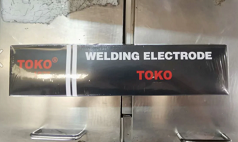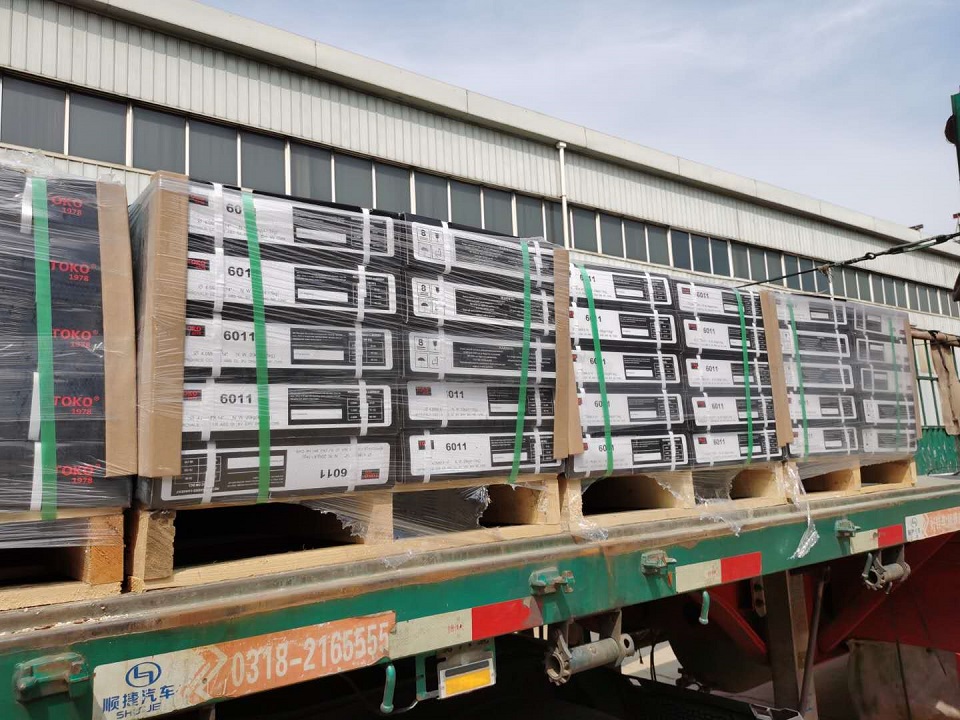What Is the Difference Between 6010 and 6011 Welding Rods?

Both E6010 and E6011 are commonly used welding rods which are often confused for each other. Their difference lies in their last numerals, “0” and “1” which account for their different flux composition, slag type, and current type that can be used.
6010 has high cellulose sodium-type coating, whereas 6011 has high cellulose potassium-type coating, another major fact that separates their uses is that 6011 can run on both AC as well as DCEP models. Due to this, 6011 may has more uses in comparison to the other welding rods that run only on DCEP.. Polarity results from an electrical circuit having either a negative or a positive pole. 6010 electrodes'
polarity is DCEP. On the other hand, 6011's polarity is variable since it can run on both DCEP and AC sources. This makes 6011 a great farm rod to be used in AC-only machines. So,
due to the flexibility of 6011, you can adjust and choose between polarities. Moreover, keep in mind that even if you have got a DC machine or one that can handle variable polarities, 6011 will not let you down in either of the circumstances! Unlike many other welding rods, both 6010 and 6011 have excellent penetration power.
However, there is still a slight difference as 6011 has higher penetration and cleaning power in comparison to 6010.
You can assume the 6011 electrodes as a better version of the 6010 electrodes as it fulfills the need for all-purpose welding.
Although the 6011 is a better penetrator, the 6010 rod still has a great penetration power. In fact, it is an excellent penetrator and leaves just about a little slag behind.
Yes, both 6011 and 6010 can be run in flat, horizontal, vertical and overhead positions. The reason behind it is the fact that they do not produce a lot of slag, and as I mentioned earlier, they are fast-freeze rods. As 6010 and 6011 are cellulosic electrodes, they’re perfect for root passes, exclusively on DC +. Both 6010 and 6011 are very popular rods. They are mainly used where deep penetration is needed or in situations where you need to weld on contaminated surfaces like rust and whatnot. However, amongst professionals, 6010 is preferred. Thanks to better flux composition it is more suitable for working on more critical projects like pipe welding.
The information contained or otherwise referenced herein is presented
only as “typical” without guarantee or warranty, and TOKO Corporation
expressly disclaims any liability incurred from any reliance thereon.
Typical data and Test results for mechanical properties, deposit or
electrode composition and other properties were obtained from a weld
produced and tested according to prescribed standards, and should not be
assumed to be the expected results in a particular application or
weldment. Actual results will vary depending on many factors, including,
but not limited to, weld procedure, plate chemistry and temperature,
weldment design and fabrication methods. Users are cautioned to confirm
by qualification testing, or other appropriate means, the suitability of
any welding consumable and procedure before use in the intended
application.
TOKO E6010
TOKO E6011
Tensile Strength
60000 PSI
60000 PSI
Position
All positions
All Positions
Polarity
DCEP
DCEP,DCEN, AC
Arc Characteristics
Violent
Violent
Flux composition
cellulose sodium (Fast Freeze)
cellulose potassium (Fast Freeze)
Slag Type
Thin, Flaky, does not peel
Thin, flaky, does not peel
Motion
Slight drag / Can whip (stich)
Slight drag / Can whip (stich)
Penetration
High
High
What Is the Difference in Polarity Between 6010 and 6011 Welding Rods?
Which Penetrates Better 6010 vs 6011?
Can I Weld in All Positions With Both Welding Rods?


